Trichotillomania and Bezoars
Fifteen million dollars. EACH.
That's lots and lots of money. Granted, it's sad money because they went through a plane crash and lost two friends in the process, but… It's lots and lots of money. What would you do with fifteen million dollars? Now I'm no expert in such large funds, but I won't say I haven't thought about it. First, I'd take care of a few bills, pay back a couple of loans, and then book a room at this really expensive hotel in Big Sur and just maybe get a massage while I'm there. Then after I'm relaxed, I'd start to think about what I would do with the rest of the money.
But that's just me. Our doctors are a different story, but I can't say anything more because then I'd give things away and be in trouble. So…
Okay, so what the heck was that thing that Meredith and Richard took out of the patient's stomach?
When they opened up Taylor Lanz's abdomen, Meredith and Richard discovered a large bezoar – an accumulation of swallowed foreign material (like hair or fiber) that collects in the stomach and fails to pass through the intestines.
These bezoars most commonly occur in teenage females who are at greater risk for psychiatric disturbances.
These patients suffer from a condition called trichotillomania – The disorder causes people to pull out the hair from their scalp, eyelashes, eyebrows, pubic area, underarms, beard, chest, legs or other parts of the body. Ranging from mild to severe, the condition is currently considered an "impulse control disorder" but questions remain on its specific classification. Other experts prefer to view it as a habit, addiction, tic disorder or obsessive-compulsive disorder. Recently, trichotillomania has been included in the group of "body-focused repetitive behaviors" which encompasses skin biting and nail biting.
Symptoms usually begin before patients reach the age of seventeen. Signs include:
• An uneven appearance to the hair (Bare patches or loss of hair).
• Constant tugging, pulling or twisting of the hair.
• Denying hair pulling.
• Hair regrowth that resembles stubble in bare spots.
• Increasing sense of tension before the hair pulling.
• Other self-injury behaviors.
• Sense of relief, pleasure or gratification after hair pulling.
As well as pulling out their hair, many of these patients also swallow it.
Human hair is indigestible and slippery, therefore it cannot proceed through the stomach into the intestines, becoming entrapped in the mucosal folds. Over the years, large amounts accumulate, forming a "hair ball" and causing intestinal obstruction. Patients will typically complain of indigestion, nausea, vomiting, diarrhea, and pain. Like in Taylor's case, if the bezoar is large, the doctor may be able to feel a lump in the abdomen. After imaging, the mass can be confirmed and the patient will proceed to the operating room to have it removed.
After doctors have cleared the intestinal blockage, how do they treat the trichotillomania and prevent the complication from happening again?
Doctors do not unanimously agree on one specific treatment, but methods may be tried in order to reduce the symptoms. Many patients will begin taking anti-depressants and participate in different types of psychotherapy such as:
• Habit reversal training.
• Cognitive therapy.
• Acceptance and commitment therapy.
For more information on trichotillomania and trichobezoars, please visit:
http://www.nlm.nih.gov/medlineplus/ency/article/001517.htm
http://www.nlm.nih.gov/medlineplus/ency/article/001582.htm



